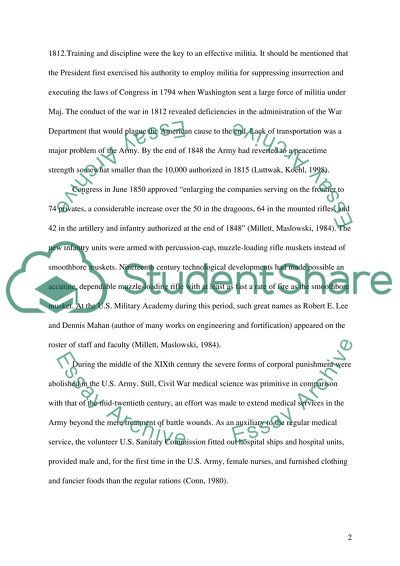Cite this document
(“US Army history Essay Example | Topics and Well Written Essays - 1000 words”, n.d.)
Retrieved from https://studentshare.org/history/1525514-us-army-history
Retrieved from https://studentshare.org/history/1525514-us-army-history
(US Army History Essay Example | Topics and Well Written Essays - 1000 Words)
https://studentshare.org/history/1525514-us-army-history.
https://studentshare.org/history/1525514-us-army-history.
“US Army History Essay Example | Topics and Well Written Essays - 1000 Words”, n.d. https://studentshare.org/history/1525514-us-army-history.


